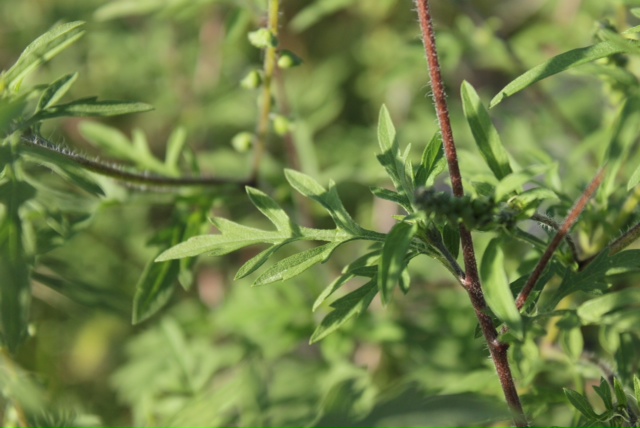Red alert for ragweed allergy

Related topics
Environment & climate action Belgium Croatia France Germany Italy United Kingdom Climate action, environment, resource efficiency and raw materialsdate: 05/03/2015
Project: Atopic diseases in changing climate, lan...
acronym: ATOPICA
Project coordinator: Medizinische Universität Wien (AT)
See also: CORDIS
Allergy to Ambrosia artemisiifolia L. — common ragweed — is likely to become a significant public health problem throughout Europe, according to the findings of the Atopica project. The expected changes in climate and land use will help this invasive alien species to spread, says project coordinator Michelle Epstein of the Medical University of Vienna.
As ragweed produces highly allergenic pollen, this development would translate into many more — or more severe — cases of allergy, and add to the burden on health care systems. It would also be bad news for farmers.
Atopica involved researchers from fields as diverse as biology and climatology. It has developed modelling techniques that could support similar prospective studies for other invasive species, and it has generated a wealth of clinical data that could hold new clues about the development of allergies.
Ambrosia forever?
Ragweed, an alien species that originated in North America, has been proliferating in Europe since the 1940s. Invasive and resilient, it now infests many parts of the EU, reducing crop yields and affecting the population’s quality of life.
Atopica conducted clinical trials and laboratory studies to shed new light on the prevalence and mechanisms of ragweed allergy. It also developed scenarios of likely changes in air quality, climate and land use to project the evolution of the ragweed threat to human health by 2050.
With not long to go before the end of Atopica in March 2015, final figures and conclusions are yet to be produced. However, says Epstein, the key message is clear: ragweed is highly likely to spread from its current footholds in Europe across most of the continent.
Weed now or weep later
Action to halt the spread of ragweed should be taken sooner rather than later, says Epstein. “It’s a vicious allergen,” she notes. “Very aggressive. People who are already allergic to other types of pollen will likely become allergic to ragweed, and their symptoms may be more severe.”
And time is of the essence. “We really need to address this because it’s expensive to deal with ragweed. You have to balance getting rid of it in the short term, before it spreads too much, and dealing with the health care cost in the long run if you don’t.”
Already, at least one European in five suffers from a respiratory allergy such as hay fever, according to estimates. If this allergy is caused by pollen, moving closer to a ragweed area — or ragweed moving closer to the patient — will make the problem worse. And Ambrosia also causes other types of allergic reaction, such as eczema.
What the victory march of ragweed means for individual patients will vary. For some, the symptoms may be mild. For others, they could include potentially life-threatening asthma attacks.
Tough and aggressive
How to tackle ragweed is another matter. It is extremely tough, says Epstein, and the plant’s seed and pollen can survive for several decades. Whether you use fire, herbicides, a sharp knife or biological controls such as ragweed beetles, she explains, it will be a costly, lengthy struggle.
Ragweed produces most of its pesky pollen in August and September. Climate change is likely to make it even more prolific, says Epstein. “Warmer temperatures in the fall will extend the ragweed season,” she notes.
More time for ragweed to thrive. All the more reason for decision-makers to act.
